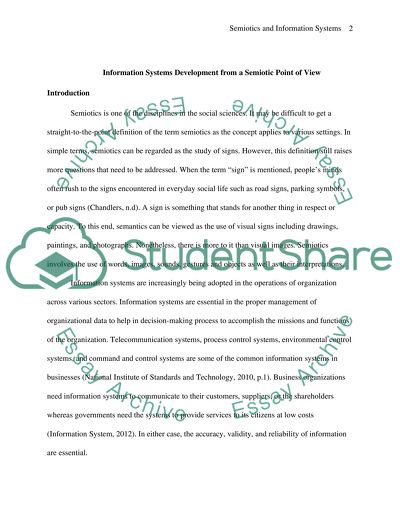Cite this document
(“Information Systems Development from a Semiotic Point of View Essay”, n.d.)
Retrieved from https://studentshare.org/e-commerce/1395378-information-systems-development-from-a-semiotic-point-of-view
Retrieved from https://studentshare.org/e-commerce/1395378-information-systems-development-from-a-semiotic-point-of-view
(Information Systems Development from a Semiotic Point of View Essay)
https://studentshare.org/e-commerce/1395378-information-systems-development-from-a-semiotic-point-of-view.
https://studentshare.org/e-commerce/1395378-information-systems-development-from-a-semiotic-point-of-view.
“Information Systems Development from a Semiotic Point of View Essay”, n.d. https://studentshare.org/e-commerce/1395378-information-systems-development-from-a-semiotic-point-of-view.


